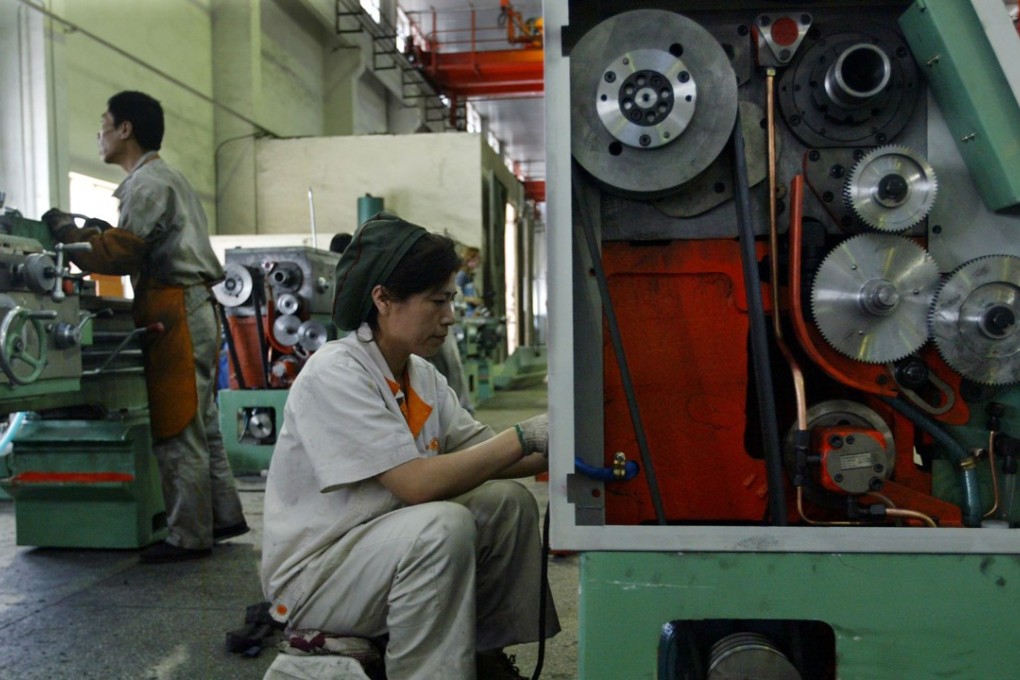JD.com to invest 20bn yuan to help revive China’s rust belt
Smaller cities and rural areas, home to half of China’s population, represent huge untapped potential for e-commerce companies like JD.com and Alibaba

Dominated by heavy industries such as machinery and mining that are long past their prime growth rates, China’s ailing northeast region has been struggling to revive itself amid a local economy saddled with debt and inefficient plants.
Now China’s e-commerce major JD.com has unveiled a plan to bring new life to the rust belt by assigning its drones to the region to help in modernising farm management and using internet technologies to inject momentum into the economy.
Nasdaq-listed JD.com said it plans to invest more than 20 billion yuan (US$3.11 billion) in northeast China, encompassing the provinces of Heilongjiang, Jilin and Liaoning, over the next three years to help the region “upgrade its industries, create jobs, inject innovation and upgrade retail services”.
“The economies of the three provinces do face certain challenges … but without them we wouldn’t have enjoyed the perks brought about by industrialisation in the first place. Now they have difficulties, we should all give them a hand,” Liu Qiangdong, founder and chairman of Beijing-based JD.com said in a post on Weibo, the Chinese version of Twitter, on Wednesday.
JD.com’s investment plan is in line with the national strategy of revitalising northeast China, which includes using the internet to boost efficiency of traditional industries, promoting e-commerce, bolstering supply chain reforms to better meet consumer demands, and introducing modern agriculture to the region. Beijing has been putting forward plans to revive the country’s northeast since 2003, showering the region with subsidies and investments, but little progress has been made in restarting growth.
The investment plan marks JD.com’s latest move to further expand its footprint in under developed areas in China as the growth rate of online consumption in well developed urban areas in China slows. China’s smaller cities and rural areas, home to half of the country’s population, represent a huge untapped potential for e-commerce companies like JD.com and its biggest rival Alibaba Group Holding.